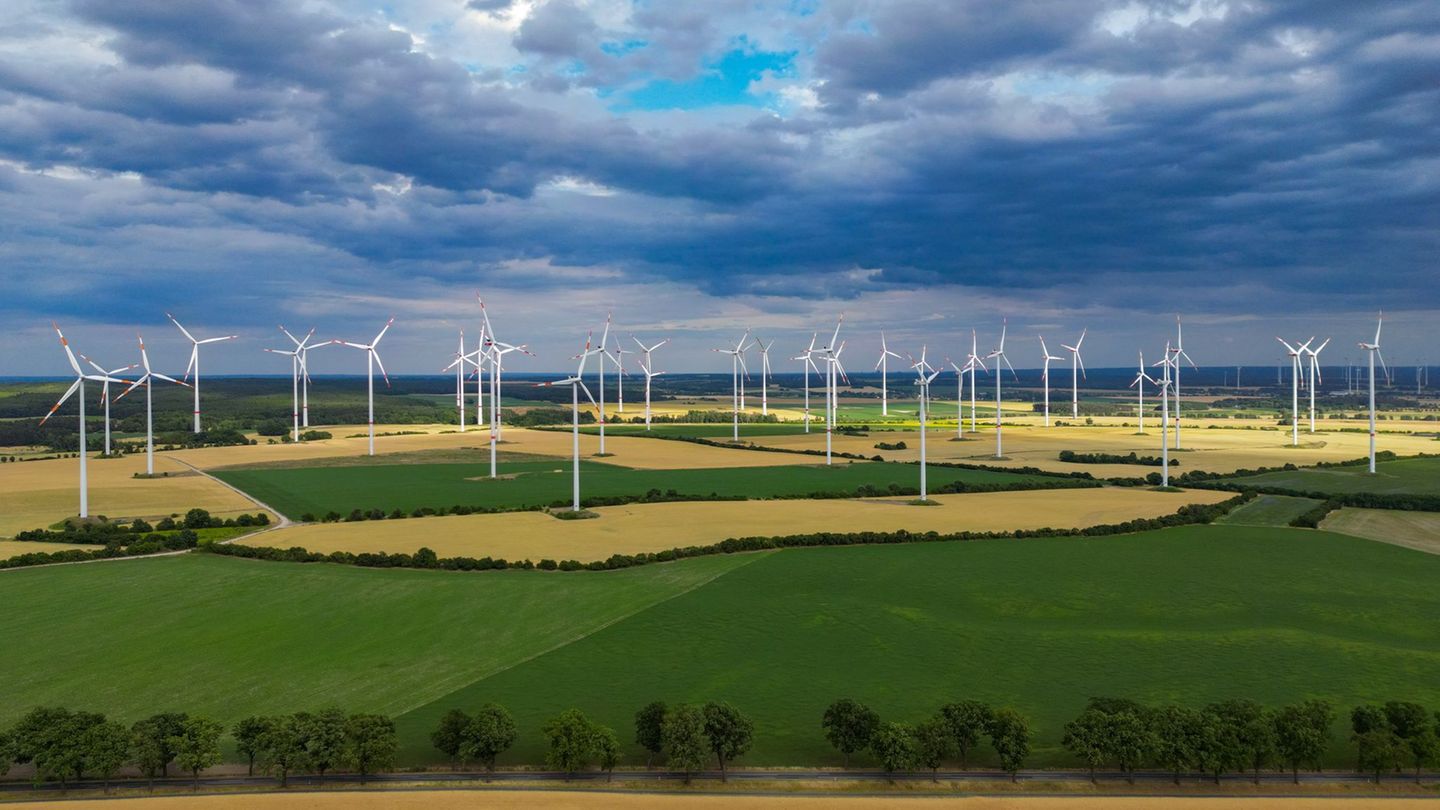How is the economy doing these first few months? According to the national purchasing center survey as of March 2024, the accumulated variation, total sales fell by 18.4%.
Let’s try to understand what is happening in the economy, using two indicators: EMAE and IPI. After the devaluation of August 2023, the economy began to decelerate by -0.9% (var. ai), measured by the monthly estimator of economic activity (EMAE) until March 2024, which fell by -8.4 %. This indicator seeks to maintain the methodology for estimating the Gross Domestic Product (GDP) quarterly applied to the monthly calculation. Thus being a proxy of what the GDP can give, with some corrections that are then made by INDEC.
Taking into account the sequence of months in this first quarter, the EMAE had three consecutive negative months: -4.1 (Jan24), -3.0 (Feb24) and -8.4 (Mar24).
We could say that GDP in this first quarter of 2024 could fall, with the fourth consecutive negative quarter being 5%, with the expectation of a lack of economic recovery, but rather, a recession that does not seem to change its trend.
Taking the IPI to corroborate whether or not there is a recovery or whether the EMAE trend is confirmed. The Industrial Manufacturing Production Index (IPI), which is published month by month, aims to be a current indicator, on a monthly basis, and measures the evolution of production in the manufacturing industry in an objective, timely, precise, coherent, and timely manner. comparability, in an impartial manner, within the framework of recognized principles and international recommendations in the preparation of official public statistics (INDEC).
Also characterize the economic activity of the Argentine manufacturing industry sector quantitatively, the focus is national. On the other hand, it provides sectoral and thematic information that allows the updating of primary statistical information to the System of National Accounts (INDEC), since it is an input for the determination of the Gross Domestic Product, and as a source of data for the analysis. and updating of the base year, the Input-Output Matrix, and for the development of other statistical programs.
These methodological clarifications allow us to first understand that the Gross Domestic Product is the production of goods and services in a given year. This production may or may not grow. If it does not grow, when production falls, fewer workers are needed for the production process and fewer imported inputs are demanded or they accumulate for when the economy rebounds, which we do not know when it may happen and neither do all the companies can do the same. Therefore, to address and anticipate how much the GDP data can give, we resorted to the EMAE and the IPI data. Although we already project a 5% drop in the first quarter, let’s see if something different happens in the IPI and how it is evolving sectorally. Is the economy recovering as Milei and Toto Caputo say? No, there are no “letters” to this as some “econochants” predicted.
In this first quarter of 2024, the accumulated IPI fell by 14.8%, greater than the same period in 2019, which was a year of GDP decline, and which was marked by the recessionary process that began in 2018, according to the IMF, strong outflow of speculative capital that used loan dollars and transferred wealth abroad. The following year the product fell again but because a pandemic occurred (2020).
But if we take the first quarter of 2020, GDP fell 5%, after two years of recession. In this case, in 2022 the growth was 5% and in 2023 the economy fell 1.6%, there is no comparison with the 2018-2019 recession. In this case, 2024, the devaluation of August and December 2023 did not contribute to an economic recovery, within the framework of the IMF agreement that requests: exchange correction, fiscal and tariff adjustment. It doesn’t matter about the FIT or the Partido Obrero.
If we add the IPI data, even the monthly fall in March 2024 (-21.2 var. % yoy) is higher (previously) than the pandemic (-16.5 var. % yoy) and March 2019 (-14 .1% var. % ai). We must not leave aside the accumulated sectoral falls of the IPI in the first quarter of 2024, which were concentrated in: Other equipment, appliances and instruments (-37%) Machinery and equipment (-35.5%); Furniture and mattresses and other industrial manufactures (-32.5%); Basic metal industrial (-25.5%); and Non-metallic mineral products (-23.9%).
These were the first five components of the IPI that fell the most, all of them had negative results. The first of this component of the IPI refers to medical and optical instruments, computer, television and communications equipment and devices and the fifth component, which fell by 23.9%, refers to glass and glass products, ceramics, cement and lime and and so.
If we consider the employment data registered in the private sector, which as of February 2024 some 53,180 positions have been destroyed, if the public sector is added the number grows. We have a recession in this first quarter with unemployment growing and inflation of 289% in April, the consequence is the adjustment is the workers and not the caste as the president said in the campaign Milei: lied.
Economist UBA
Source: Ambito
David William is a talented author who has made a name for himself in the world of writing. He is a professional author who writes on a wide range of topics, from general interest to opinion news. David is currently working as a writer at 24 hours worlds where he brings his unique perspective and in-depth research to his articles, making them both informative and engaging.




